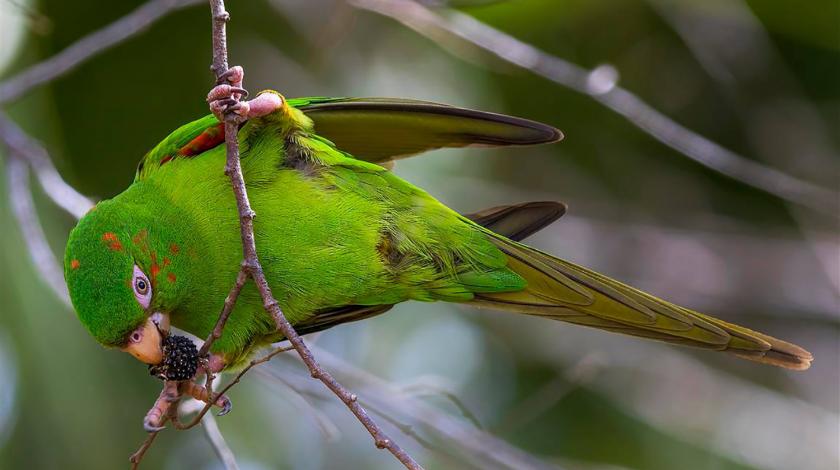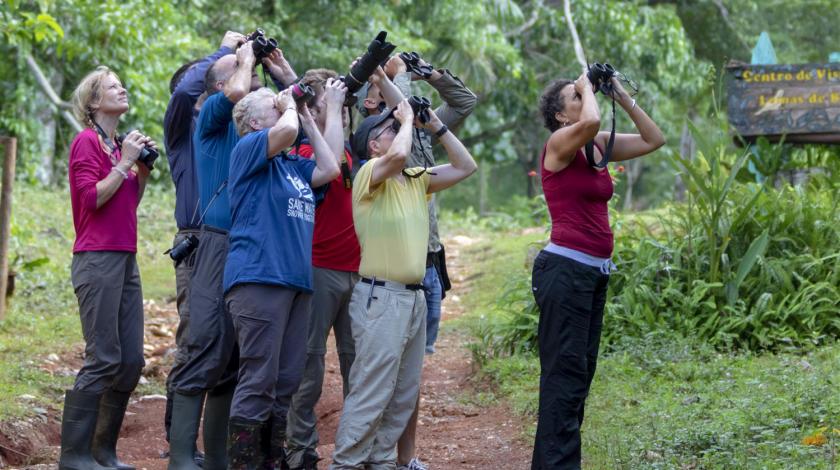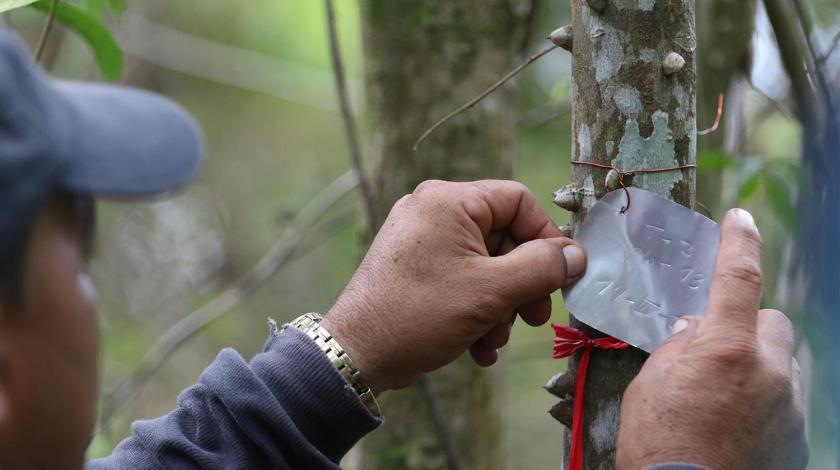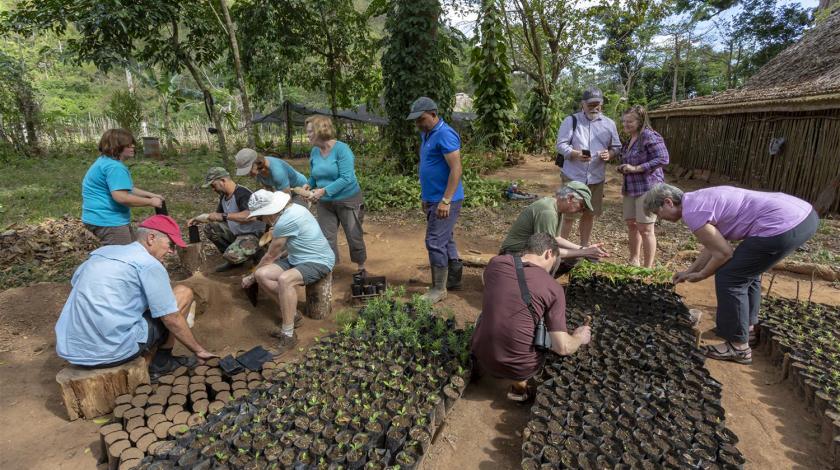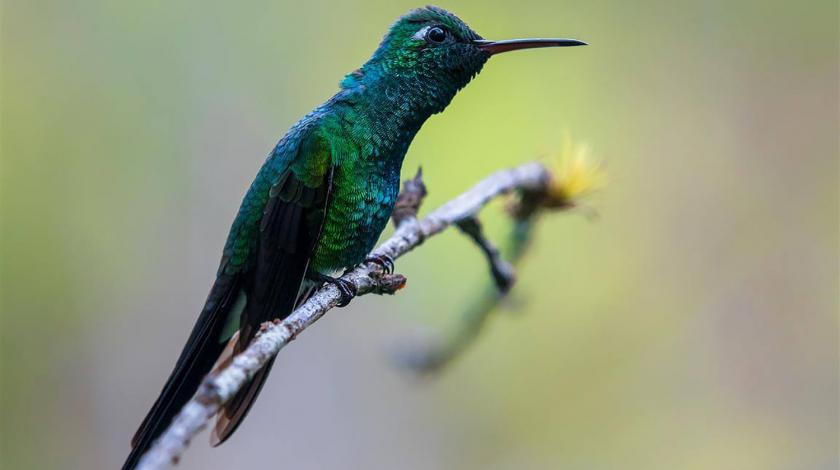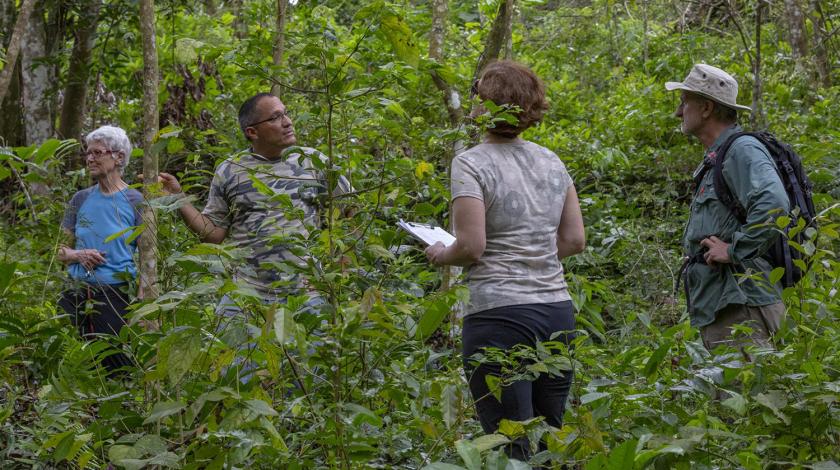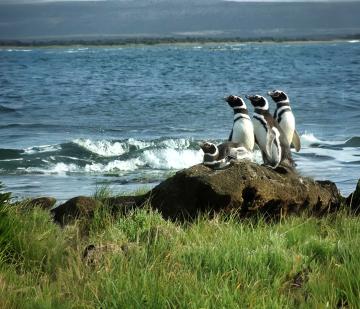BOOK WITH A $500 DEPOSIT
Mapping Biodiversity in Cuba



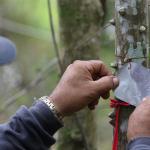
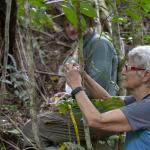

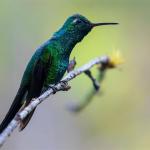
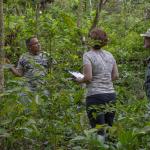
Cuba is on the cusp of a wave of economic development, threatening some of the unique biodiversity living there. Help researchers and wildlife managers to gain a better understanding of wildlife within protected areas in Cuba to better conserve these species.
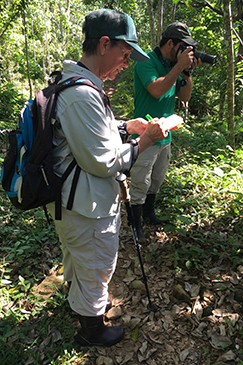
The mountainous forests of Lomas de Banao Ecological Reserve are home to species only found in the Caribbean—including the vulnerable Cuban Parakeet and the near threatened Cuban Amazon Parrot. Despite this unique biodiversity, long-term political complexities with the U.S. and other nations stymied collaborative international research. But now international relations are improving, making this a critical moment for the island nation's wildlife. As Cuba becomes more open to the world, many predict new economic opportunities and the development that comes along with it.
Researchers are now able to recruit citizen scientists to help them take stock of the wildlife that inhabit these beautiful, protected lands, information that will be crucial to informing management and conservation plans as the island becomes increasingly developed. In its initial years, this project helped produce the first-ever baseline assessments of biodiversity in Banao—including data on birds, reptiles, amphibians, and plant-life. In analyzing these data, scientists determined that researching and conserving primary pollinators and seed dispersers, including birds and bats, is essential to maintaining and improving the integrity of habitats within the forest. In the second phase of this project, volunteers will support this pollinator research by working with a team of scientists from Cuba and Argentina to document the many endemic and migratory bird species that inhabit the reserves. You’ll document bird sightings, record bird songs, monitor bat populations, and survey forest trees—particularly royal palms, which provide habitat for cavity-nesting birds. The data collected will help to paint a more complete picture of these protected areas and how increased development could impact biodiversity in the future.
A Typical Itinerary
- Day 1: Meet, travel to field site
- Day 2: Orientation and training
- Days 3–9: Survey birds, bats, and forest trees
- Day 10: Departure.
Note on Travel
Currently, U.S. passport holders may enter Cuba with a ‘Cuban Entry Card,’ also called a ‘Tourist Card.’ The Entry Card is easily obtained through U.S. air carriers providing service to Cuba or through visa service agencies and costs approximately $50–100 USD.
The activities of this Earthwatch environmental project are authorized under the U.S. Treasury Department’s Office of Foreign Assets Control (OFAC) General License pertaining to Cuba (31 CFR) under article 515.575 on Humanitarian Projects. Our activities are consistent with a full-time schedule.
.
HOW YOU WILL HELP
.
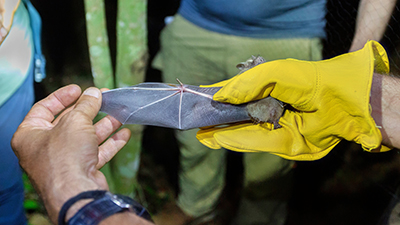
Document Birds and Bats
Explore the Banao River Basin as you work alongside researchers to observe and record bird species, while collecting samples of vocalizations along an altitudinal gradient. You will also help set up mist nets, record specimen measurements, and place acoustic recorders to monitor bat populations in the reserve.

Survey forest trees
Walk through the forests of Banao as you identify and document tree species, measure canopy coverage, and look for indications of human impact.
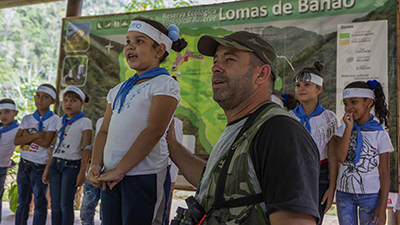
Community engagement
This project will engage the rural communities of Banao and neighboring communities in outreach talks and wildlife festivals. Community members will also be involved in ongoing conservation efforts, including parrot counts, monitoring bird communities, and reforestation efforts.
.
You will start the work at the Jarico field station, then partway through the expedition, you will move to the second research location—a few hours hike up the mountain to La Sabina field station, where there is a stunning view of the Caribbean Sea on clear days.
Field conditions and research needs can lead to changes in the itinerary and activities. We appreciate your cooperation and understanding.
.
.
FEEDBACK & QUESTIONS
15 Reviews on this Expedition
GET EARTHWATCH NEWSLETTER
Bi-weekly announcements, new expeditions, and updates on our impact around the globe.
.
.
.
